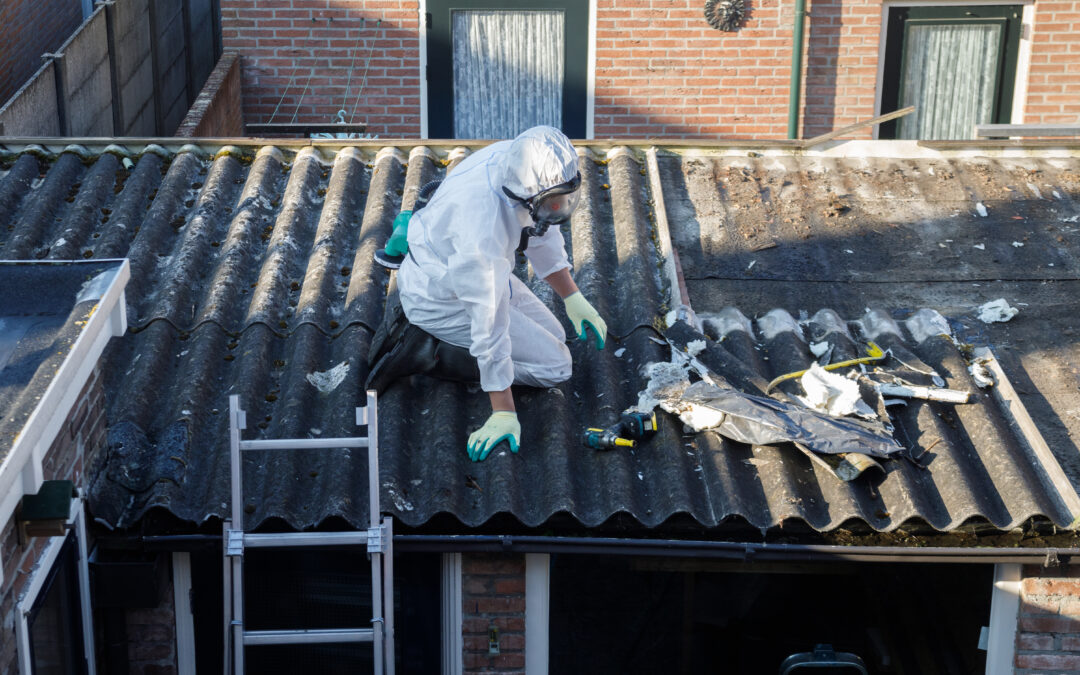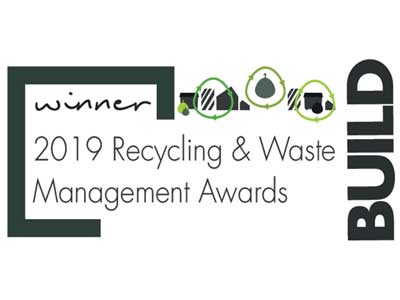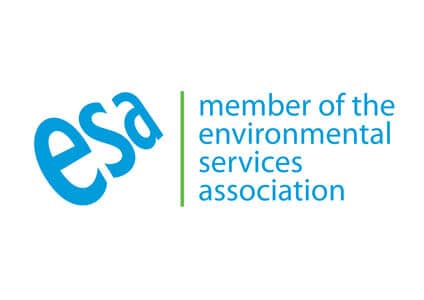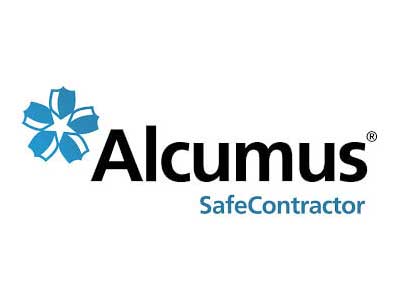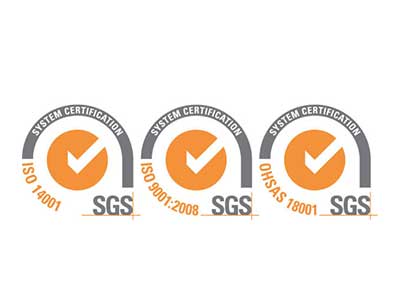Asbestos is a hazardous and carcinogenic natural fibre-like material that became banned in the UK in 1999 because of its harmful effects on human health and safety. Asbestos is only harmful when its fibres become airborne which occurs when asbestos materials are damaged which is why disposing of asbestos safely in a way that adheres to strict HSE (Health and Safety Executive) is essential.
Health Risks Associated With Asbestos
Low levels of asbestos can be found in soil, water, air and exposure to minimal naturally occurring asbestos does not pose a cause for concern when it comes to health risks. However, manufactured asbestos-containing materials commonly used in the construction industry pre-1999 when they deteriorate or become damaged during renovation works are what pose a major health risk. Symptoms of an illness usually occurs many years after exposure and include:
- Asbestosis – Scarring of the lungs which makes breathing more difficult
- Mesothelioma – Cancer situated on the lining of the lungs and abdominal cavity
- Lung cancer
Negative Environmental Impact Asbestos Can Cause
During construction work on older properties that contain asbestos materials, asbestos fibres can become released into the surrounding environment. This means asbestos poses a risk of contaminating the air, water sources and also soils.
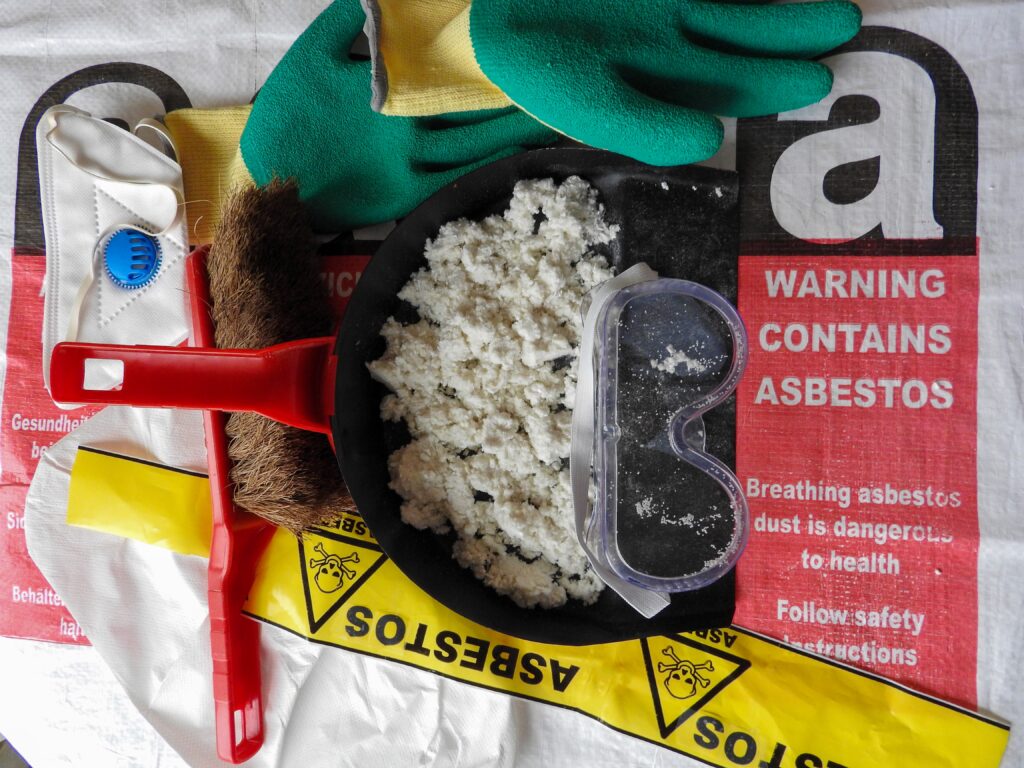
HSE Regulations That Need To Be Followed When Disposing Of Asbestos Waste
Asbestos disposal waste is different to your normal waste disposal and falls into the category of ‘Hazardous Waste’ with the 2005 regulations applicable. Asbestos waste is only deemed as hazardous waste when it contains more than 0.1% asbestos and waste items include, any material containing asbestos, such as contaminated building materials, any tools that cannot be decontaminated, PPE (personal protective equipment) used when handling asbestos and rags that have been used for cleaning.
Essential Guidelines
- Asbestos must be packaged with UN-approved packaging that contains a hazardous label and asbestos code details clearly visible.
- Asbestos waste needs to be double-wrapped and labelled as asbestos waste. It is standard to place asbestos waste in a red inner bag with clear asbestos warnings and a clear cover bag with the CDG label.
- Avoid breaking up large pieces of asbestos waste and instead, wrap in double polythene sheeting with clear labelling.
- In order to be able to transfer asbestos waste legally, you will need a carrier licence.
- For those who are legally able to carry asbestos waste, a sealed skip or vehicle must be used that contains:
- Segregated compartment to store the asbestos waste
- Easily cleanable
- Lockable
Make Sure That You Handle Asbestos With Care To Ensure A Safe Disposal
If you encounter asbestos and you need it removed, then the best option is to always hire a professional and fully licensed asbestos removal team who will be able to properly carry out the service from start to finish, ensuring that the asbestos is disposed of legally and safely. If you do decide to carry out the disposal of asbestos waste by yourself then it is extremely important to handle the waste with the utmost care.
You should always wear the correct PPE and follow the guidelines from the HSE which we have outlined above. There is also an HSE essential task sheet which is very helpful and strongly recommended to follow if you decide on disposing of asbestos by yourself, and above all else, to make sure that you do so in a way that’s safe.

